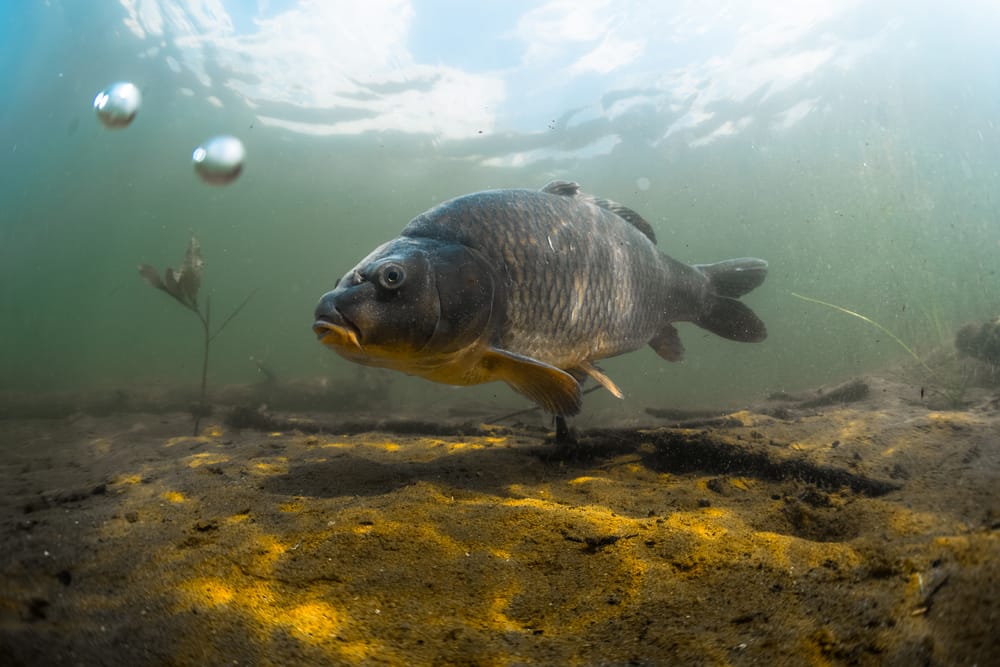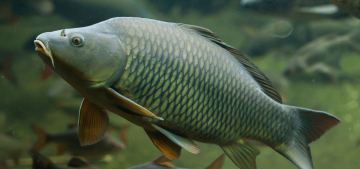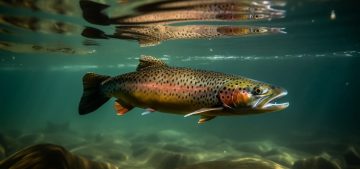In an era of rapid technological advancement, digital tools are becoming indispensable in every industry, including fisheries. These tools, often packaged within specialized fisheries software, help streamline operations, conserve resources, and protect the environment. With the global fishing industry under pressure due to overfishing, habitat destruction, and climate change, digital solutions offer a promising way forward. Tools like RFID tags, GPS, data analytics, and machine learning are reshaping how we approach fisheries management, enhancing both productivity and sustainability.
Why Digital Transformation in Fisheries Matters
The fishing industry is both a livelihood for millions and a critical source of food. However, traditional fishing methods have led to problems like overfishing, bycatch, and degradation of marine ecosystems. Fisheries software and other digital tools offer a dual advantage: they increase the efficiency of fishing operations and provide accurate data that helps policymakers, fisheries managers, and fishers make better, sustainable decisions.
Digital transformation in fisheries can reduce operational costs, optimize labor, improve supply chain transparency, and, most importantly, ensure the sustainable use of marine resources. Let’s explore some of the essential digital tools that are transforming the industry.
RFID Tags and Readers: Revolutionizing Fish Tracking
One of the most impactful technologies in fisheries today is RFID (Radio Frequency Identification). RFID tags are small devices attached to individual fish or fishing equipment, and they emit a unique signal that can be read by RFID readers. These systems are often part of fisheries software solutions that integrate traceability and inventory management functionalities.
- Traceability: RFID tags help track fish from catch to market, ensuring they come from legal, sustainable sources. This transparency helps combat illegal, unregulated, and unreported (IUU) fishing.
- Inventory Management: Fish farms and hatcheries can use RFID tags integrated with fisheries software to monitor stock levels and individual fish growth rates, reducing the need for manual counting and inspections.
- Reduced Labor and Errors: RFID systems automate the tracking process, decreasing human error and labor costs associated with manual logging. Fishers can scan multiple tags at once, saving time and reducing the chance of miscounting or other errors.
By providing real-time, accurate information about each fish, RFID technology plays a significant role in reducing waste, managing quotas, and ensuring regulatory compliance.
GPS and Satellite Technology: Enhancing Navigation and Monitoring
GPS and satellite technology are game-changers in modern fisheries. They offer precise location data, often integrated with fisheries software to enhance tracking, route optimization, and environmental compliance.
- Improved Navigation: GPS devices enable fishers to navigate to abundant fishing areas more accurately, reducing fuel costs and time spent at sea. Additionally, real-time location tracking can help fishers avoid sensitive habitats or protected areas, minimizing environmental impact.
- Vessel Monitoring Systems (VMS): Many regulatory bodies require commercial fishing vessels to use VMS, a satellite-based system that transmits location data. This allows authorities to monitor fishing activities, ensuring vessels operate within legal areas and abide by catch limits.
- Avoiding Bycatch: GPS technology, combined with data analytics, can help fishers identify fishing zones with minimal bycatch, reducing unintended capture of non-target species.
By optimizing travel routes and keeping vessels within sustainable fishing zones, GPS technology reduces fuel consumption and helps protect marine ecosystems from overexploitation.
Data Analytics and Machine Learning: Predictive Insights and Better Management
Data analytics and machine learning are among the most promising digital tools for fisheries. With the ability to process large amounts of data from sensors, satellite images, and historical records, these technologies provide valuable insights into fish populations, weather patterns, and ecosystem health. Here’s how they are used:
- Catch Predictions: Machine learning algorithms in fisheries software analyze historical data and environmental conditions to predict where fish are likely to be, helping fishers make informed decisions about where to deploy their nets.
- Population Monitoring: Data from fishing vessels, sonar, and satellites can help scientists monitor fish population levels. Integrated software designed for fisheries can detect changes in fish stocks, alerting regulators and fishers to take corrective actions before populations decline.
- Weather and Ocean Condition Forecasting: By analyzing real-time data, predictive models help fishers avoid hazardous weather and optimize their time at sea. Forecasting currents, temperature, and other ocean conditions enable fishers to reduce the risk of accidents and improve catch quality.
By providing data-driven insights, digital tools help fisheries optimize operations while contributing to sustainable management practices.
Internet of Things (IoT): Real-Time Monitoring and Automation
IoT is revolutionizing fisheries by connecting various sensors, devices, and machinery to a centralized network, often monitored and managed through fisheries software. IoT devices used in fisheries include:
- Environmental Sensors: These sensors monitor water quality parameters like temperature, pH, and dissolved oxygen in real-time. IoT systems allow for automated adjustments that improve fish health and reduce mortality rates.
- Smart Feeders: IoT-enabled feeders can release precise amounts of food based on fish appetite and environmental conditions, managed by fisheries software. This minimizes feed waste, reducing costs and the risk of water pollution.
- Remote Monitoring: IoT devices allow fishers and farm managers to monitor operations remotely through software designed for fisheries, making it easier to oversee large fish farms or multiple vessels without physically being present.
Benefits of Digital Transformation in Fisheries
Digital tools are transforming the fishing industry in profound ways, making it more efficient, cost-effective, and sustainable. The key benefits include:
- Reduced Costs: By automating processes and optimizing resources, digital tools help fishers save on labor, fuel, and feed costs.
- Increased Efficiency: Technologies like GPS and RFID streamline operations, making it easier to track inventory, monitor vessel locations, and comply with regulations.
- Enhanced Sustainability: By providing real-time data and predictive insights, digital tools help fisheries avoid overfishing, reduce bycatch, and protect marine habitats.
Better Compliance and Transparency: Digital tools, including fisheries software, make it easier for fisheries to comply with regulations and provide traceable, trustworthy products to consumers.







Add comment